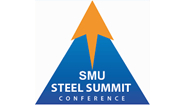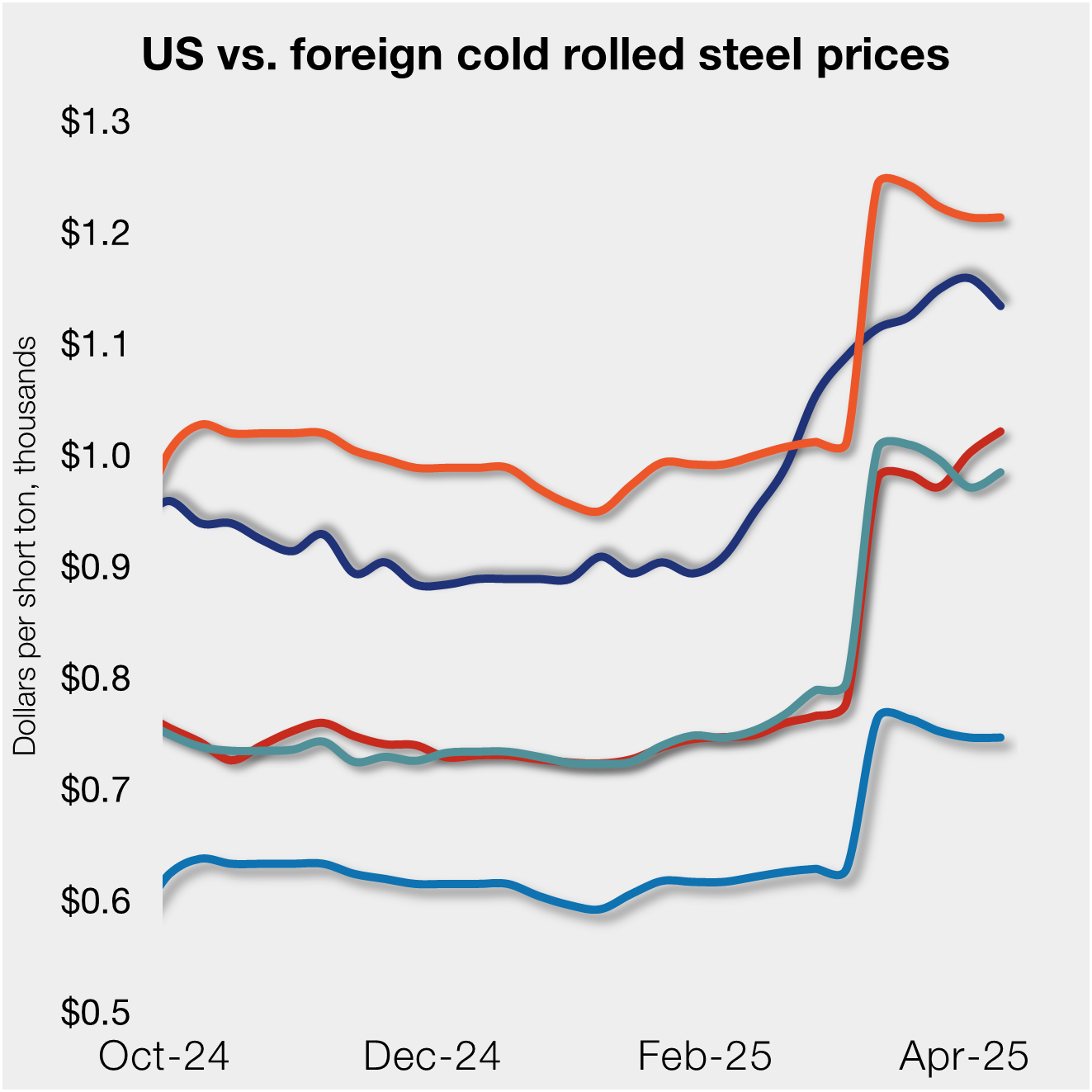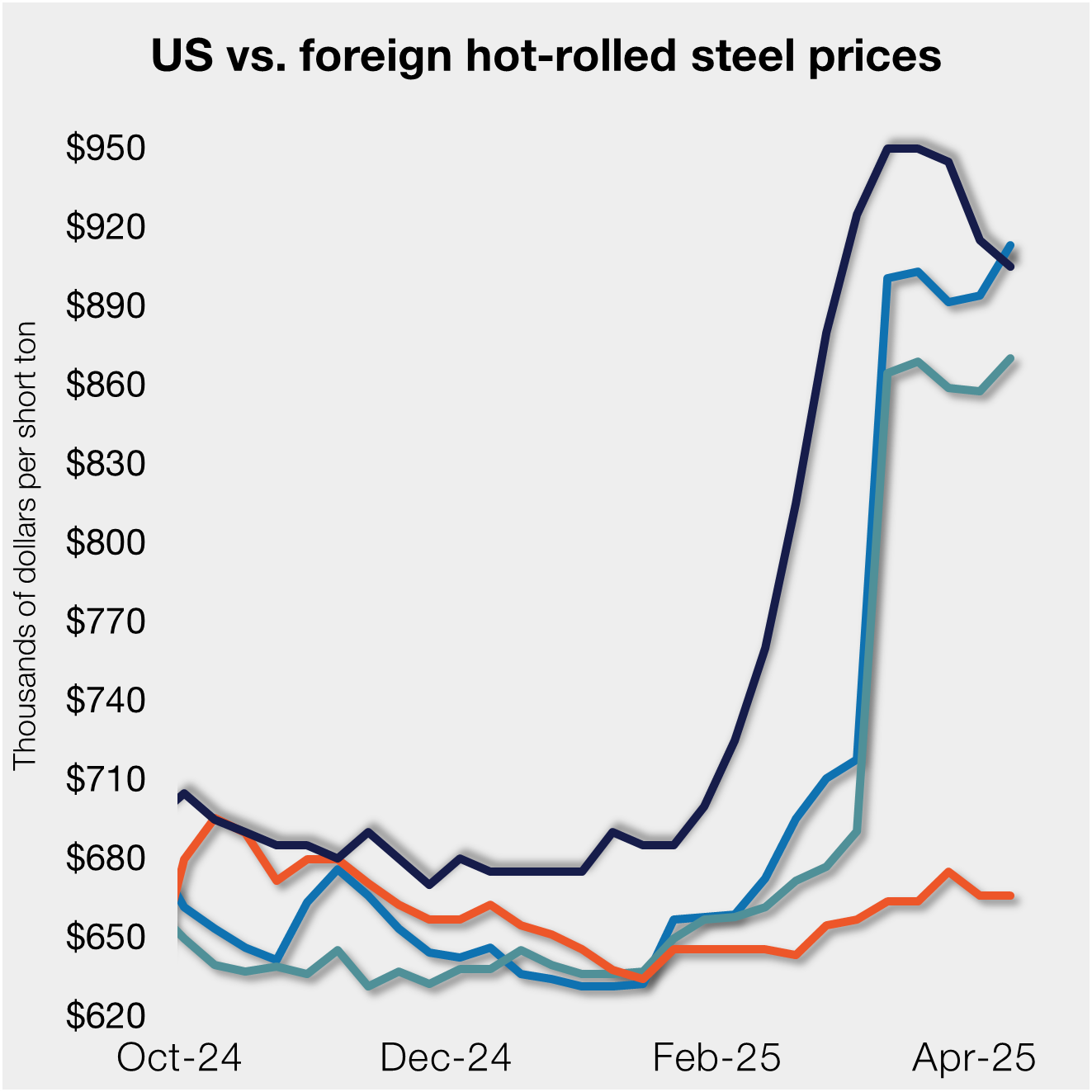Steel Products

Paul Lowrey: It’s a Great Time to Be in the Steel Industry
Written by Brett Linton
August 23, 2022
Keynote speaker Paul Lowrey presented at the SMU Steel Summit Conference today, explaining his market thoughts through data on US steel market capacity, steel mill consolidation, and the scrap market. As president of Steel Research Associates (SRA) with a career spanning 30 years, Lowrey opened his segment explaining, “I’ve been labeled by some as a contrarian, and I reject that point of view. I believe I do a deep dive analysis objectively, and I follow my nose…I have an opportunity to build my case about what I see and why I see it.”
Lowrey commented that five years ago he found the steel industry to be mundane, and he considered moving on to a different market. Since the, the steel industry has transformed globally and “now you can’t drag me away from it,” he said.
Steel supply and demand were broadly discussed. Lowrey explained that flat-rolled demand over the past decade has been about 15% lower than levels seen in the early-2000s, and that major demand drivers have been following different cycles. He attributes this largely to the recovery of construction, one of the biggest markets for steel, still lagging from the 2008 financial crisis. “We used to build 2 million homes a year. Today we build 1.5 million. That’s a reduction of 25%,” he noted.
Lowrey also presented data on US import and export levels, showing how indirect steel trade has been increasing for decades and attributing that to the offshoring of US manufacturing. He shared his opinion that this could now be peaking and could potentially turn a corner.
Sharing his thoughts on the ‘great rationalization,’ Lowrey explained the new steel mills and furnaces coming into the market now and in the coming years are not a threat for overcapacity, but are rather replacing old production with newer technology. He commented: “New capacity isn’t going to ruin the industry, but the opposite,” and that investments in new technology are required to keep the industry competitive.
Lowrey also shared his concerns about prime scrap challenges in the future, saying: “We don’t have enough of it,” and that the issue will continue to grow. As mills become more and more efficient, the amount of scrap generated there is declining. He commented that home scrap production rates have dropped 75% over the last 50 years. In place of prime scrap, Lowrey explained how the production of scrap substitutes is increasing as facilities are being built. Domestic DRI and HBI production has increased from “almost zero to 7.5 million tons” in just eight years and future investments are underway.
In the Q&A following his presentation, Lowrey suggested that there has been a steep upchange in steel prices, and that higher prices are here to stay so “get used to them.” He forecasts the ‘new normal’ for hot-rolled prices to be in the $750-$1,000 per ton range in the next three to five years. He ended his presentation stating the industry is changing and to think differently! “Don’t look backward—the old industry structure and historical relationships no longer apply. Look forward—it’s a new industry with new challenges and opportunities.”
Wednesday will be the third day of the SMU Steel Summit Conference. Final segments include a service center panel, an economic forecast from Dr. Alan Beaulieu, a fireside chat with Alan Kestenbaum of Stelco, presentations on future carbon policy challenges and opportunities, and an automotive segment.
By Brett Linton, Brett@SteelMarketUpdate.com

Brett Linton
Read more from Brett LintonLatest in Steel Products

SMU flat-rolled market survey results now available
SMU’s latest steel buyers market survey results are now available on our website to all premium members. After logging in at steelmarketupdate.com, visit the pricing and analysis tab and look under the “survey results” section for “latest survey results.” Past survey results are also available under that selection. If you need help accessing the survey results, or if […]

CRU tariff webinar replay now available
CRU’s latest webinar replay on how Trump’s tariffs affect the global steel market is now available on our website to all members. After logging in at steelmarketupdate.com, visit the community tab and look under the “previous webinars” section of the dropdown menu. You’ll find not only this special CRU webinar but also all past Community […]

US, offshore CRC prices diverge
US cold-rolled (CR) coil prices declined this week, slipping for the first time since early February. Most offshore markets deviated, moving higher this week.

Construction growth slowed in March on tariff woes: Dodge
The decline comes after reaching a record high in January to kickstart the year.

Return of S232 zapped gap between US and EU HR prices, Asian HR remains cheaper
Domestic hot-rolled (HR) coil prices declined this week for a third straight week. Most offshore markets bucked the trend and gained ground. Uncertainty in the US market around tariffs, especially after “Liberation Day,” caused US prices to slip as buyers moved to the sidelines. It’s unclear to date whether the 90-day pause on the more […]
